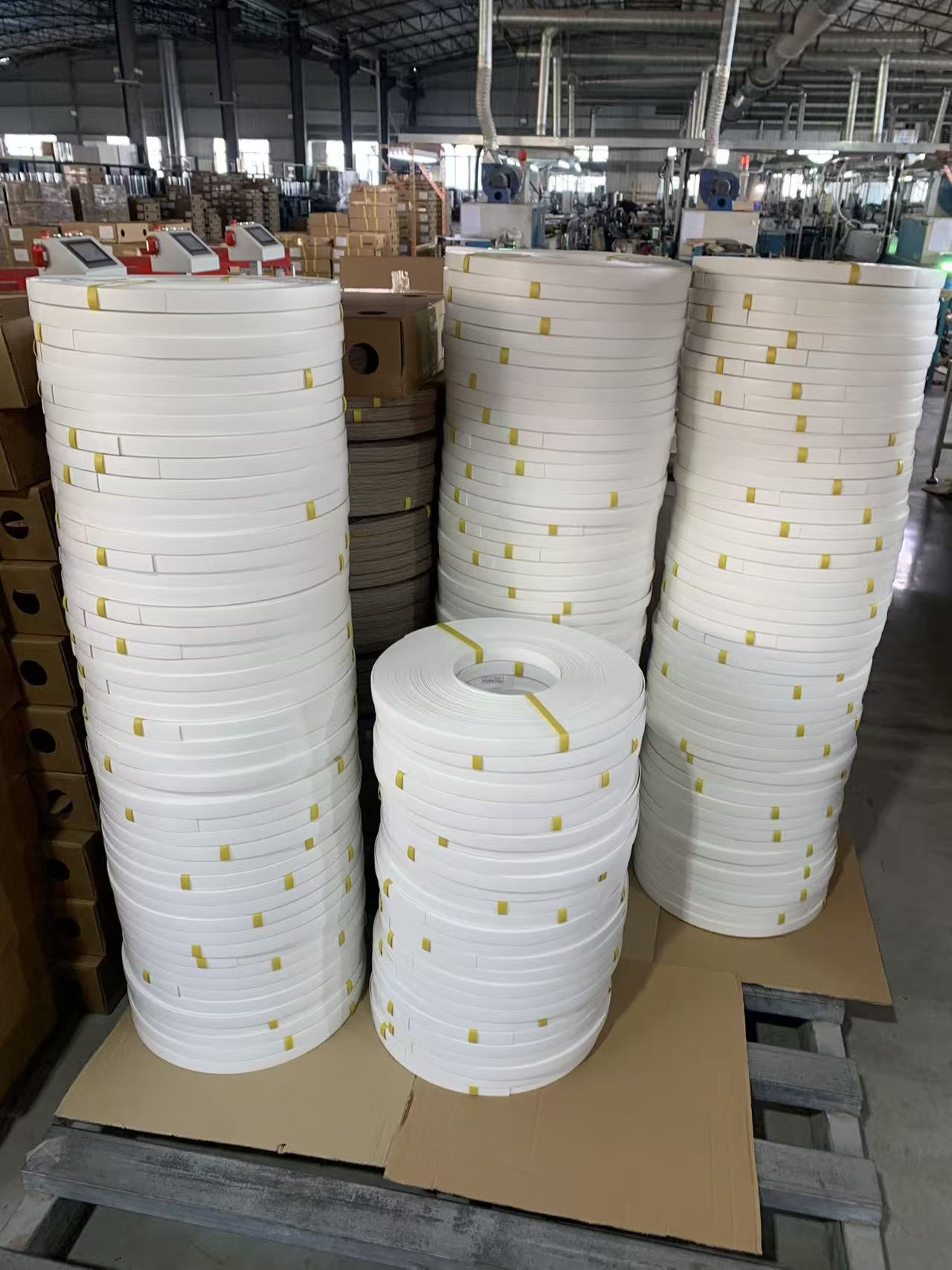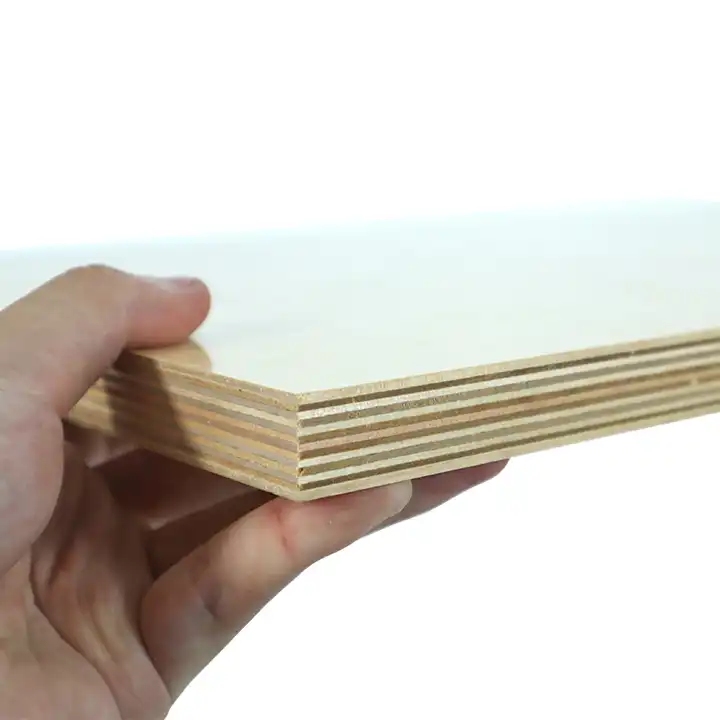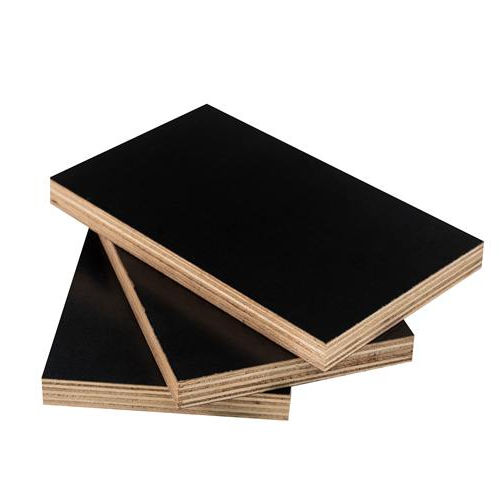Китайская промышленность ДВП, как типичная циклическая отрасль, переживает беспрецедентную перестройку конкурентной среды под совместным давлением глобального экономического спада и углубляющихся внутренних структурных преобразований. В 2024 году годовой объем производства ДВП в Китае достигнет 41,83 млн куб. м, сократившись за год на 9,0%, при этом среднегодовая производственная мощность одной линии вырастет до 158 000 куб. м. В последние годы потребление ДВП на внутреннем рынке резко сократилось из-за жесткой конкуренции со стороны других видов плит. Поскольку Китай является крупным производителем и потребителем ДВП, расширение его экспортной торговли играет важную роль в обеспечении баланса спроса и предложения.
Автор анализирует масштабы, типы продукции, цены за единицу продукции и изменения в импортно-экспортной торговле ДВП в Китае в 2024 году на основе данных китайской таможни. В соответствии с параметрами плотности в китайском таможенном импортно-экспортном тарифе, изделия из ДВП можно разделить на пять категорий: изделия высокой плотности, изделия средней плотности, изделия низкой плотности, мягкие изделия и изделия из ламинированного паркета высокой плотности. В данной статье анализируются торговые характеристики импорта и экспорта различных видов ДВП в зависимости от их плотности.
1. Импортная торговля
1.1 Масштабы импорта
За последнее десятилетие (2015-2024 гг.) объем импорта ДВП в Китай в целом демонстрировал параболическую тенденцию к снижению. В период с 2015 по 2019 год среднегодовой объем импорта ДВП в Китай составлял 160-190 тыс. тонн с относительно небольшими колебаниями. Однако с 2020 по 2024 год объем импорта демонстрировал стремительную тенденцию к снижению, достигнув самого низкого уровня за анализируемый период в 2023 году - 51 300 тонн. В 2024 году Китай импортировал 53 500 тонн ДВП, что на 4,29% больше, чем в предыдущем году, но все еще на относительно низком уровне, как показано на рисунке 1.
Стоимость импорта продолжала расти до 2019 года, достигнув максимума в 141 миллион долларов США в 2018 году, а затем колебалась в сторону уменьшения. В 2024 году она достигла нового минимума в 47 миллионов долларов США, как показано на рисунке 2. В целом, в период пандемии и после пандемии китайская продукция из ДВП продемонстрировала значительную тенденцию к снижению как объема, так и стоимости импорта.
1.2 Анализ структуры и цены импортной продукции
Структура импорта продукции из ДВП в Китай имеет свои особенности. Как показано на рисунке 3, наибольший объем импорта приходится на ламинированные напольные покрытия, за которыми следуют древесноволокнистые плиты средней плотности. Вместе они доминируют на рынке. С 2020 по 2024 год доля импорта ламинированных напольных покрытий сначала увеличивалась, а затем уменьшалась, составляя примерно 52% - 66% от годовой стоимости импорта. Волокнистые плиты средней плотности показали противоположную тенденцию, и вместе с ламинированными напольными покрытиями они составили от 90% до 95% от общей стоимости импорта. Стоимость импорта других видов ДВП не превысила 10% - 5% от общего объема.
В 2024 году Китай импортировал 22 800 тонн ламината, что составило 42,62% от общего объема импорта ДВП; 25 700 тонн ДВП средней плотности, что составило 48,04% от общего объема импорта; 4 500 тонн ДВП высокой плотности, что составило 8,41% от общего объема импорта; и 0,99% от общего объема импорта, как показано в таблице 1, составили изделия из ДВП низкой плотности и мягкие изделия. По сравнению с 2023 годом объем импорта изделий из ДВП увеличился на 4,29%. В 2024 году общая средняя цена импорта различных видов продукции из ДВП в Китай снизилась на 8,62% по сравнению с 2023 годом. Средняя цена импорта различных видов ДВП значительно изменилась. Например, средняя цена импорта ламинированных напольных покрытий снизилась на 6,52% по сравнению с 2023 годом, ДВП средней плотности снизилась на 12,26%, а ДВП высокой плотности увеличилась на 3,63%. ДВП низкой плотности увеличилась на 15,16%, а мягкая ДВП - на 57,66%. Такой аномальный рост средней импортной цены на мягкие ДВП требует дальнейших подробных данных для анализа. В целом, конкуренция на международном рынке ДВП также осуществляется в основном за счет снижения цен.
1.3 Импортные рынки
В 2024 году в импорте ДВП в Китай участвовали 72 страны/региона. Среди них на Европу приходится 44,79% объема импорта с 28 странами/регионами; на Океанию - 33,12% с 2 странами/регионами; на Азию - 21,59% с 23 странами/регионами; а на Северную Америку, Латинскую Америку, Африку и другие регионы (19 стран/регионов) приходится всего 0,50% объема импорта.
Новая Зеландия была крупнейшим источником импорта ДВП в Китай, на ее долю пришлось 31,29% от общего объема импорта, за ней следуют Таиланд (17,20%), Германия (13,57%), Румыния (8.88%), Бельгия (6,79%), Швейцария (3,39%), Испания (3,14%), Польша (3,10%), Австралия (1,83%) и Нидерланды (1,73%), а на долю других стран/регионов приходится 9,08%.
Категории продукции, импортируемые из 10 ведущих стран/регионов по объему импорта, представлены на рисунке 4. Китай в основном импортировал ламинированные напольные покрытия из Германии, Таиланда, Бельгии, Швейцарии, Польши и Нидерландов, а ДВП средней плотности - из Новой Зеландии, Румынии, Таиланда, Испании и Австралии. Значительная доля импорта ДВП высокой плотности также приходилась на Новую Зеландию, Таиланд и Польшу.
2. Экспортная торговля
2.1 Масштаб экспорта
Международная торговля ДВП в Китае уже давно демонстрирует значительную экспортную направленность. За последнее десятилетие (2015-2024 гг.) объем экспорта ДВП из Китая в целом имел тенденцию сначала к снижению, а затем к росту. До 2020 года объем экспорта ДВП из Китая имел тенденцию к снижению и достиг самого низкого уровня в 1 518 900 тонн в 2020 году. Во время пандемии в 2021 году объем экспорта резко возрос до 2 257 800 тонн. Однако в 2022 году он снова снизился, а затем неуклонно рос в 2023 и 2024 годах. В 2024 году объем экспорта ДВП из Китая достиг 2 758 400 тонн, увеличившись за год на 25,14%, как показано на рисунке 5.
Динамика стоимостного объема экспорта в основном соответствовала динамике объема экспорта. До 2020 года она имела тенденцию к снижению, но в период с 2021 по 2023 год восстановилась до среднего значения в 1,197 миллиарда долларов США. В 2024 году он достиг наивысшего уровня в 1,36 миллиарда долларов США, как показано на рисунке 6. В 2024 году объем экспорта китайской продукции из ДВП увеличился на 25,14% в годовом исчислении, но стоимость экспорта выросла только на 14,19%, что свидетельствует о том, что средняя цена единицы продукции из ДВП продолжает снижаться, отражая текущую ситуацию жесткой ценовой конкуренции в китайской экспортной торговле ДВП.
2.2 Анализ структуры и цены экспортной продукции
Структура китайского экспорта ДВП также имеет свои особенности. Как показано на рисунке 7, в период с 2020 по 2024 год ламинированные полы и ДВП средней плотности по-прежнему составляли подавляющее большинство экспорта ДВП, их совокупная доля превышала 90%. Доля экспорта ДВП средней плотности демонстрировала постоянную тенденцию к росту, составляя примерно от 40% до 53% от годовой стоимости экспорта. Доля ламинированных напольных покрытий снизилась до 35% - 39% после 2021 года. Доля экспорта других ДВП достигла пика в 15,69% в 2022 году и стабилизировалась на уровне около 11,35% в последние два года.
В 2024 году Китай экспортировал 1 834 300 тонн ДВП средней плотности, что составляет 66,50% от общего объема экспорта ДВП; 689 100 тонн ламинированных напольных покрытий, что составляет 24,98% от общего объема экспорта; 166 500 тонн ДВП высокой плотности, что составляет 6,04% от общего объема экспорта; и 68 500 тонн ДВП низкой плотности и мягких плит, что составляет 2,48% от общего объема экспорта, как показано в таблице 2. По сравнению с 2023 годом объем экспорта основных видов ДВП увеличился.
В 2024 году средние экспортные цены на ДВП высокой плотности, ДВП средней плотности и ламинированные напольные покрытия в китайском экспорте ДВП в разной степени снизились по сравнению с предыдущим годом. Например, средняя экспортная цена ДВП высокой плотности снизилась на 6,68%, ламинированных напольных покрытий - на 1,25%, ДВП средней плотности - на 10,24%, а ДВП низкой плотности - на 4,33%. Крайне необоснованная средняя экспортная цена на мягкие ДВП в статистических данных требует дальнейшего детального анализа.
2.3 Основные экспортные рынки
В 2024 году экспорт ДВП из Китая был распределен по 192 странам/регионам мира. Среди них на Азию приходилось 51,55% объема экспорта с 49 странами/регионами; на Африку - 16,02% с 50 странами/регионами; на Северную Америку (США и Канада) - 10,42%; на Латинскую Америку - 14,05% с 40 странами/регионами; на Европу - 5,52% с 38 странами/регионами; и на Океанию - только 2,44% с 13 странами/регионами.
Вьетнам был крупнейшим экспортным рынком для китайской продукции из ДВП, на долю которого пришлось 13,28% от общего объема китайского экспорта ДВП, за ним следуют Саудовская Аравия (12,03%), Мексика (8,68%), Нигерия (8,14%), Соединенные Штаты (5.97%), ОАЭ (5,73%), Канада (4,45%), Алжир (2,81%), Австралия (2,23%), Узбекистан (1,92%), Иордания (1,90%), Россия (1,64%) и Великобритания (1,62%), а на долю других стран/регионов приходится 29,61%.
Категории продукции, экспортируемые в 10 ведущих стран/регионов по объему экспорта, представлены на рисунке 8. В 2024 году Китай в основном экспортировал ДВП средней плотности во Вьетнам, Саудовскую Аравию, Мексику, Нигерию, ОАЭ, Алжир и Узбекистан. Вьетнам также экспортировал значительный объем ДВП высокой плотности и ламинированных напольных покрытий. В США, Канаду и Австралию экспортировались в основном ламинированные напольные покрытия, при этом в США и Канаде также наблюдался большой спрос на ДВП средней плотности. Значительный рост продемонстрировал экспорт ДВП низкой плотности, причем в Нигерии и Канаде он использовался относительно широко.
3. Обсуждение и перспективы
В 2024 году объем импорта ДВП в Китай находился на историческом минимуме за последнее десятилетие, в то время как экспорт быстро рос два года подряд, причем объемы экспорта значительно превышали объемы импорта. Однако при сравнении цен на аналогичную продукцию из ДВП, импортируемую и экспортируемую Китаем в 2024 году, цена единицы импорта была значительно выше цены единицы экспорта. В 2024 году средняя импортная цена единицы китайской ДВП была примерно на 76,84% выше, чем средняя экспортная цена единицы. Средняя цена единицы импорта ДВП средней плотности была на 60,38% выше средней цены единицы экспорта, разница для ламинированных напольных покрытий составляла 64,97%, а для ДВП высокой плотности - 37,20%. Китайские предприятия по производству ДВП в значительной степени сосредоточены на выпуске продукции из ДВП средней и высокой плотности, и конкуренция на рынке однородной продукции чрезвычайно острая, а торговцы в основном полагаются на преимущества низких цен, чтобы стимулировать экспортную торговлю.
В условиях избытка мощностей на внутреннем рынке крупномасштабный экспорт дорогостоящей продукции из ДВП в определенной степени ослабил давление структурных запасов на внутреннем рынке. В то же время, в связи с повышением требований к сертификации легальности древесины на европейском и американском рынках и ростом дешевых мощностей в Юго-Восточной Азии, конкуренция за экспорт по низким ценам заставит предприятия расширить источники сырья, повысить степень автоматизации производственных линий, сосредоточиться на исследованиях продукции и управлении качеством, а также усилить создание бренда. Эти меры приведут к трансформации отрасли от модели "дивидендов от масштаба" к модели "премии за качество", что позволит создать благоприятный цикл консолидации экспортных преимуществ за счет технологической модернизации.



